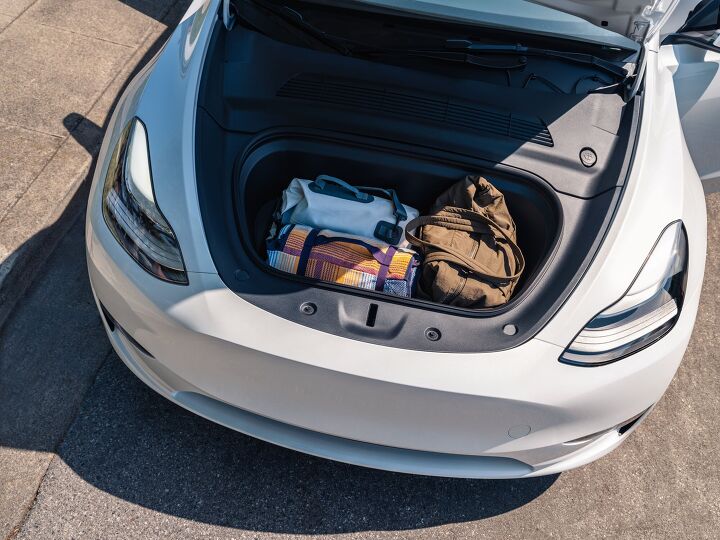
With the average vehicle now older than ever before and fewer people capable of spending the kind of money required to purchase a brand-new automobile, maintenance has become even more relevant. To that end, Consumer Reports has furnished an analysis on just how much each nameplate is likely to set you back in terms of upkeep over its lifespan.
That said, it would be irresponsible of us not to mention that the differences between individual models can be quite vast. A dud from a company offering below-average maintenance costs may very well outpace the typical vehicle from a brand that’s known for pricey upkeep. Still, the list is more-or-less what one would expect. Mainstream brands tended to be on the cheaper end, while luxury brands from European countries trended much higher.
The data comes by way of CR’s 2023 Annual Auto Survey, where members were asked as part of a much broader survey how much they had spent in total maintenance over the previous 12 months. This included oil changes and necessary repairs, but would exclude everything covered under recalls or warranty. This total only applies to the dollar amount paid out of pocket by the owner. Consumer Reports likewise noted that repair and upkeep needs changes dramatically over time.
From Consumer Reports:
The comparison for fresher cars is muddied because a number of brands, including BMW and Toyota, offer free maintenance periods on new cars. And usually, cars need very little work in the first couple of years beyond an oil change and tire rotation. Nearly all new-car warranties last at least three years, and repairs, if needed, are covered. The analysis shows that costs can skyrocket when the warranty and free maintenance periods are over.
Knowing the typical ownership costs for each brand can help you save money in the long run by avoiding surprises, either by choosing a less expensive brand to maintain or by budgeting accordingly.
“The difference to maintain a car on average between some brands can be thousands over a 10-year time frame,” says Steven Elek, Consumer Reports’ program leader for auto data analytics. “Also, expensive luxury vehicles are often quite expensive to maintain as well over time.”
Interestingly, the manufacturer that saw the lowest maintenance costs (at $4,035) over a 10-year period was Tesla. The brand likewise saw the leanest average repair bills in the 1-to-5 year period and 6-to-10 year period. Granted, a battery replacement would likely eclipse what you’d see in terms of normal repairs. But Tesla’s power packs seem like they’re intent on hanging in there for at least a decade.
Buick and Toyota were tied for second place at $4,900 over 10 years. However, Toyota products were slightly cheaper to own during the 5-to-10-year period, whereas Buick were cheaper to own in the 1-to-5-year span. Lincoln was close behind them at $5,040 over 10 years and followed (listed lowest price to highest) by Ford, Chevrolet, Hyundai, Nissan, Mazda, Honda, and Kia.
The next group encompassed the $6,000-8,000 bracket over 10 years. Brands here included Dodge, Jeep, Chrysler, Volkswagen, Cadillac, Ram, Lexus, GMC, Subaru, Mini, and Acura.
Things start to balloon from there, with the priciest brands (in terms of maintenance) trending toward higher-end nameplates. Infiniti was the lowest, averaging $8,500 over 10 years. Meanwhile, Volvo ended up at $9,285. BMW and Audi both managed to squeak in under the $10,000 mark. They also weren’t that far from other brands in terms of maintenance costs in the 1-to-5-year period. However, the same cannot be said for the final group.
Here, we had Mercedes-Benz averaging $10,525 over 10 years and a comparably large $2,850 within the first 5 years. But that was nothing when we took time to examine Porsche and Land Rover. Porsche owners can expect to spend (on average) $4,000 in maintenance within the first 5 years and a grand total of $14,090 over 10 years. Land Rover was even steeper, ending up at $19,250 over the first 10 years of ownership.
Some of those costs can be mitigated if you’re someone who is capable of maintaining your own vehicle. But certain brands are undoubtedly going to be trickier to work on than others and the parts you’ll need could carry a higher price tag as well.
“If you are considering a luxury model, it may be wise to purchase one from a domestic brand that may have lower maintenance and repair costs,” said Elek. “For example, over 10 years, Mercedes-Benz models are more than double the cost to maintain and repair as those from Lincoln.”
Those seeking a more comprehensive breakdown on CR’s maintenance pricing survey are encouraged to check out the results here.
[Image: Tesla]

